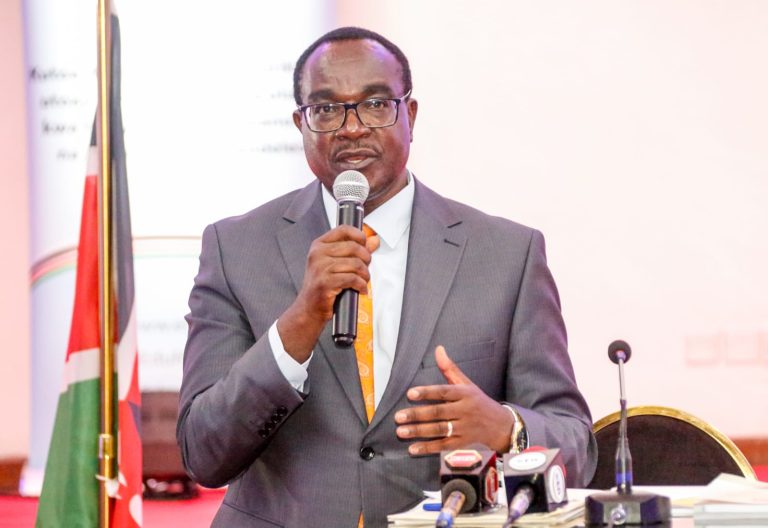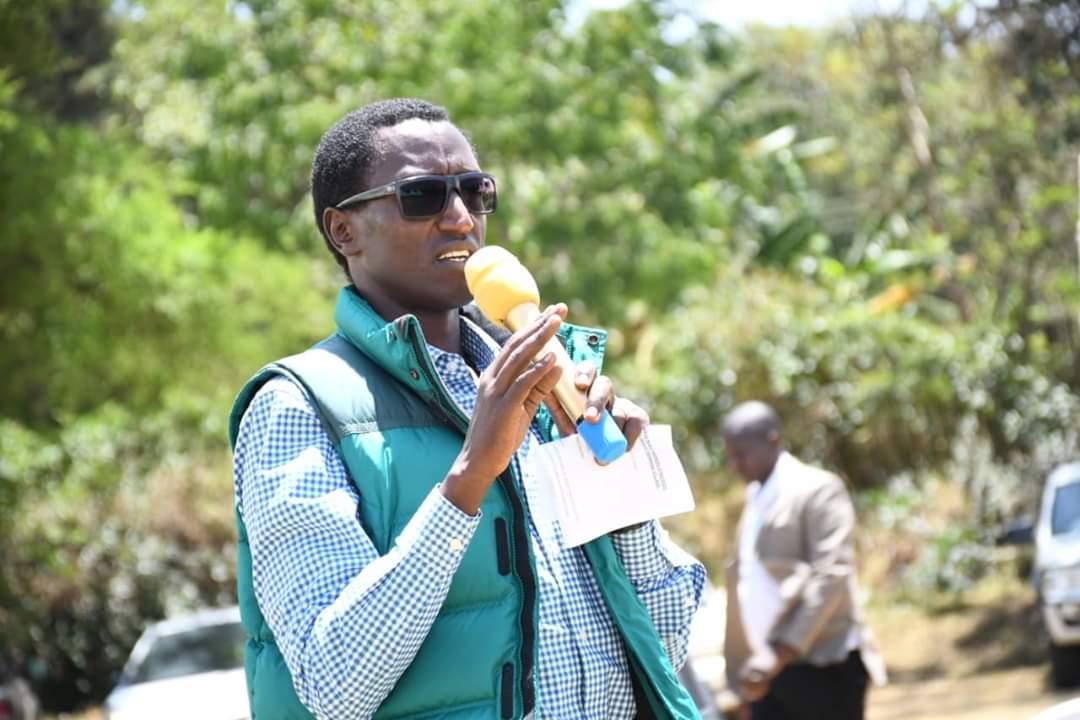Education sector spending to reduce even as enrolment continues to rise

Kenya’s education sector is set to experience a slight decline in total expenditure, even as enrolment across learning institutions continues to rise, according to the 2025 Economic Survey by the Kenya National Bureau of Statistics.
The report shows that total government expenditure on education and training is expected to drop from Sh601.5 billion in the 2023/24 financial year to Sh594.2 billion in 2024/25.
Recurrent expenditure used mainly for salaries and operational costs will decrease by 1.7 per cent to Sh566.1 billion. However, development expenditure is projected to rise by 9.8 per cent to Sh28.1 billion.
“Total expenditure for the education sector is expected to decline from Sh. 601.5 billion in 2023/24 to Sh594.2 billion in 2024/25. Total recurrent expenditure is expected to decrease by 1.7 per cent to Sh566.1 billion in 2024/25, accounting for 95.3 per cent of the total expenditure for the education sector,” the report said.
The report also reveals a mixed fortune for various departments in the sector in the development budget reviews.
The Teachers Service Commission’s development budget is set to increase from Sh334.7 billion to Sh346.8 billion.
“Recurrent expenditure for the Teachers Service Commission is expected to increase by 3.6 per cent to Sh346.8 billion in 2024/25, accounting for 61.3 per cent of the recurrent expenditure for the education sector,” the report highlighted.
Basic Education will receive Sh115.9 billion, 7.1 per cent from the previous financial year, and constitutes 74.6 per cent of the sector’s total development budget. On the other hand, the State Department for Vocational and Technical Training faces an 8.5 per cent reduction, receiving Sh23.1 billion in the coming fiscal year.
Despite budgetary fluctuations, the sector has recorded notable growth in infrastructure and enrolment. The number of basic learning institutions surged by 38.8 per cent to 129,463 in 2024, largely due to the inclusion of junior schools, which now represent nearly a quarter of all such institutions.
The number of pre-primary schools rose by 1.8 per cent to 47,760, while primary schools increased by 9.6 per cent to 38,997. The number of secondary schools edged up slightly to 10,755.
“TVET institutions grew by 6.9 per cent to 2,756 in 2024, partly attributed to an increase in the number of vocational training centres that received accreditation. The total number of universities increased from 70 in 2023 to 72 in 2024 due to the awarding of charters to the National Intelligence Research University and Tangaza University,” the report stated.
Enrolment trends mirrored the infrastructure expansion. Pre-primary enrolment rose from 2.89 million to 2.91 million learners. Primary and junior school enrolment increased by 3.2 per cent to 10.73 million, while secondary school enrolment rose by 5.2 per cent to 4.32 million. TVET enrolment also jumped by 10.4 per cent to 709,885 students.
Disciplinary action
University enrolment is expected to grow from 579,000 in 2023/24 to 629,100 in 2024/25. The number of candidates registered for the Kenya Certificate of Secondary Education rose by 6.9 per cent to 965,172.
Grade 6 learners who registered for the KPSEA assessment increased by 2.5 per cent to 1.31 million, with the number of those sitting the exam growing by 5.5 per cent.
However, the number of teachers in public primary schools declined by 3.2 per cent to 212,602. “This decline was partly attributed to factors such as retirement, disciplinary action, study leave, natural attrition among others,” says the report.
In contrast, teachers in public secondary schools and teacher training colleges increased to 130,818, up from 125,563 the previous year.
On funding, the Higher Education Loans Board (Helb) significantly expanded support to university students. Helb loans rose by 59.5 per cent to Sh46.9 billion. Funding under the New Funding Model increased from Sh17.9 billion in 2023/24 to Sh20.9 billion in 2024/25. However, allocations to universities through the Universities Fund dropped sharply from Sh30.0 billion to Sh12.9 billion.
“The figures are reducing because we used to have the tuition fee taken to the universities directly, which is now changing. The format has changed where the students are now being given the funds directly through the new model,” said KNBS Director General McDonald Obudho during the report launch
Obudho also touched on related national statistics, noting that the health sector received increased allocations for counties, although only 44.8 per cent of births were registered in 2024, indicating significant gaps in civil registration.
He further highlighted improvements in national security, with a drop in reported crime cases. However, he raised concern over the decline in the police-to-population ratio, now standing at one officer per 512 people.













